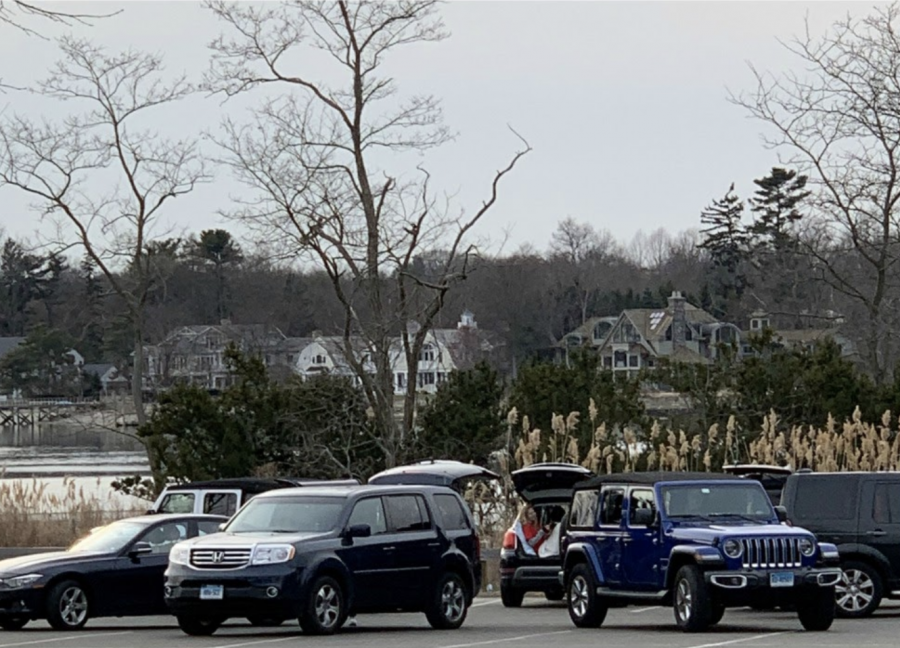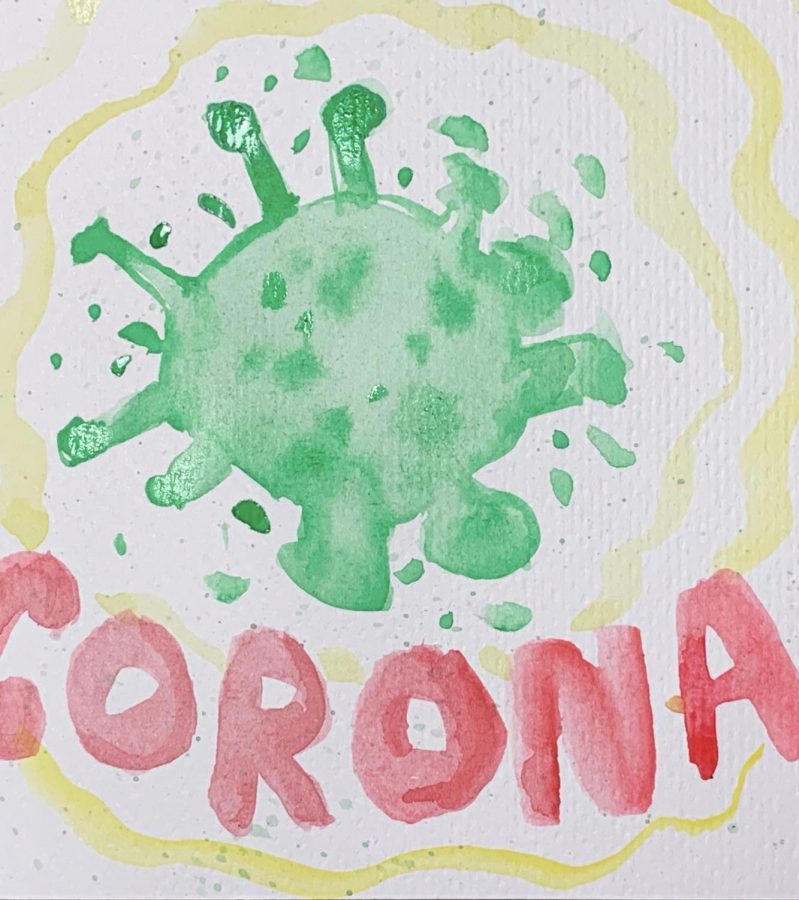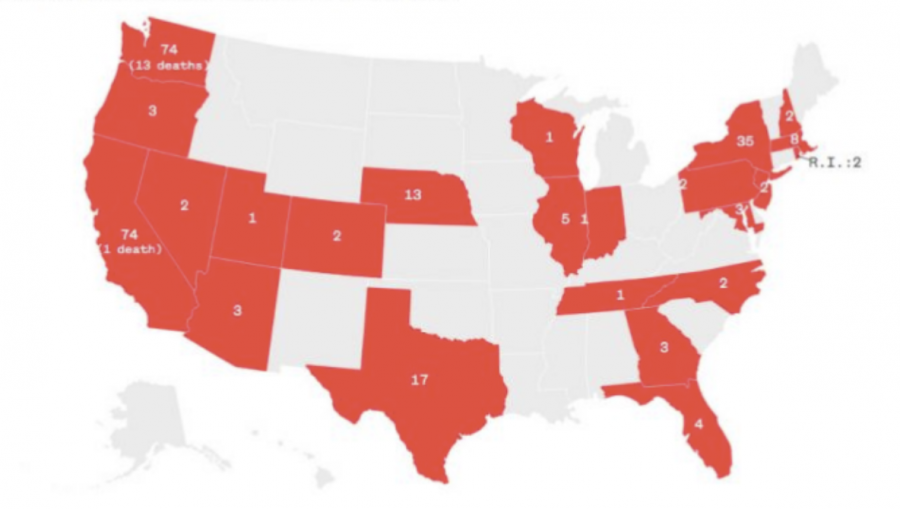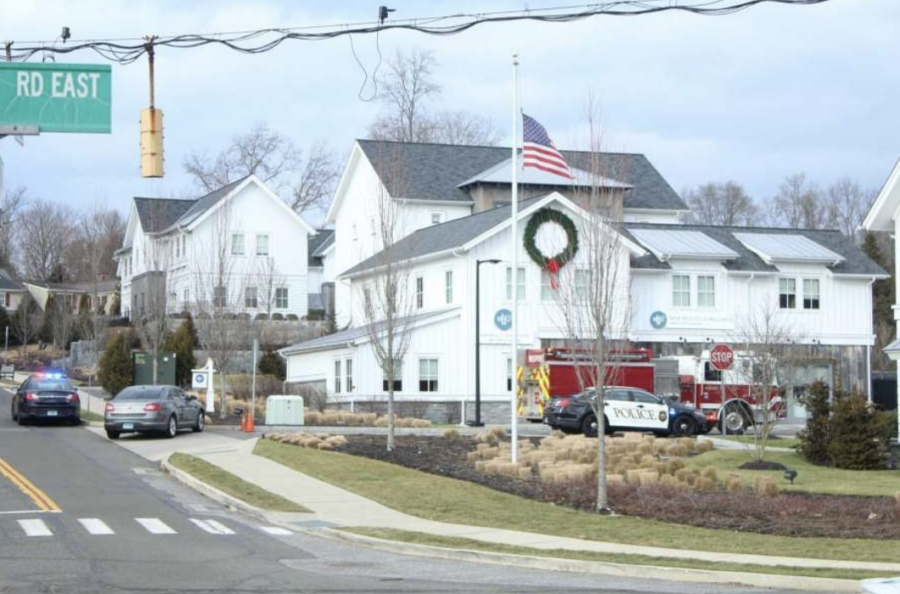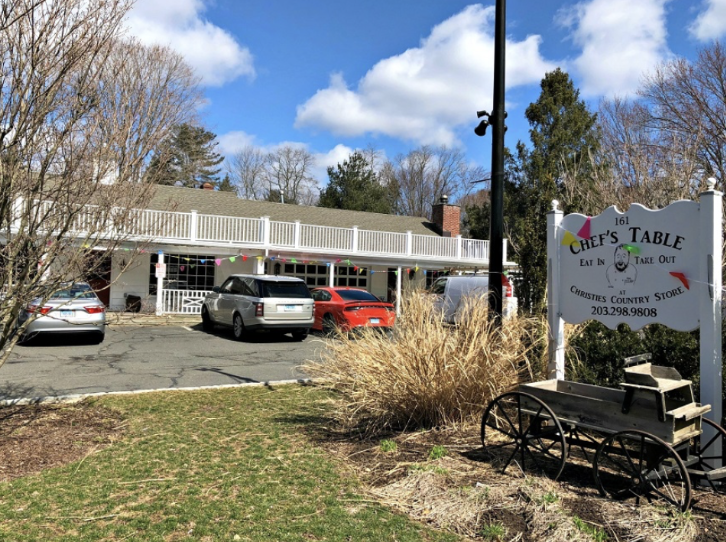Stop! Before reading, here are some key terms, courtesy of the author himself, that might be helpful when it comes to understanding this article.
Megapixel: one million pixels, used as a measure of resolution in digital cameras
Sensor: the device in a digital camera that measures the light entering the camera
Saturation (in terms of color): – very vivid and intense color
Vignetting: the darkening of the edges of a photograph
Instagram: a popular iPhone application that allows users to take photos and apply certain effects to them in order to imitate film photography
One month ago, I was given a camera for my birthday.
It’s not the kind that you would expect anyone to be using in this day and age. It isn’t digital, it doesn’t have any bells or whistles, and the viewfinder doesn’t even work. It is made entirely of plastic and it even has fake plastic leather to look like a fancy camera. It’s a Holga, and it has turned me into a film fanatic.
In today’s world where cameras are all about megapixels and sensor size, it’s nice to step back and to take pictures with the simplest of cameras.
The Holga is made in China and was introduced in the early 80’s to the Chinese as an inexpensive camera for the working class. It’s a basic point-and-shoot camera and operates the same way a disposable camera does. It is not an SLR, meaning that when you look through the viewfinder, you don’t see what your lens sees.
This may seem like a huge shortcoming, not really knowing what you are getting in your picture, but it has changed the way I think about photography. I am attracted to the mystery behind each shot, because I never really know what I’m going to get. There is no greater feeling than getting back a roll of amazing photos with the Holga.
Sure, my subjects may sometimes be blurry and the colors may sometimes be over-saturated, but that is all part of the artistic progress when it comes to shooting with a Holga. I love using the Holga because it creates lo-fi images: they may not be perfect, but they have a unique and artistic quality about them.
Holga cameras are famous for their bohemian qualities when it comes to taking pictures. Often, one will find odd streaks of light appearing throughout his or her images, as well as vignetting around the edges of photos. Many artistic photographers like myself are attracted to the imperfections, which make the Holga perfect for me.
One can take photos on a Holga that are totally unique in comparison to those taken on a digital camera. One can do things like double exposures, in which one takes a picture of something and then adds another picture in the same frame. This opens a world of possibilities and allows the photographer to create surreal photographs very easily.
Shooting with the Holga makes the average photographer slow down and pick his or her shots carefully, because the camera has a limited number of exposures. It’s not like a digital camera, where one can mess up and then take the picture again. This helped me to develop an artistic eye for the world around me and I began to see, more than ever, the beauty of everyday things.
I have begun to take my Holga with me everywhere because it is small. Since I don’t have an iPhone, I use it as my own personal Instagram.
Using the Holga has allowed me look beyond conventional photography and break free from the “rules” that govern it. When using a Holga there aren’t any rules.
You don’t have to know beforehand what you’ve captured on film.
You don’t even have to think, you can just shoot whatever catches your eye.
The Holga is my generation’s Brownie camera. It’s cheap, portable, and anybody can use it. It shoots standard 35mm film and you can easily get prints developed at CVS or a comparable photo-developing establishment. If you are in the mood to experiment with photography, go pick up a Holga and see the world through a new lens.
To see more Holga photographs taken by the author, visit his Flickr page.














































